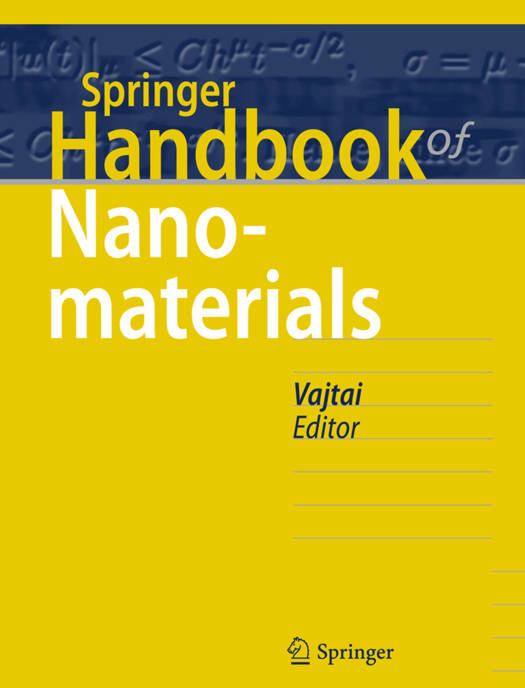
- Retrait gratuit dans votre magasin Club
- 7.000.000 titres dans notre catalogue
- Payer en toute sécurité
- Toujours un magasin près de chez vous
- Retrait gratuit dans votre magasin Club
- 7.000.0000 titres dans notre catalogue
- Payer en toute sécurité
- Toujours un magasin près de chez vous
Description
The Springer Handbook of Nanomaterials covers the description of materials which have dimension on the "nanoscale". The description of the nanomaterials in this Handbook follows the thorough but concise explanation of the synergy of structure, properties, processing and applications of the given material. The Handbook mainly describes materials in their solid phase; exceptions might be e.g. small sized liquid aerosols or gas bubbles in liquids. The materials are organized by their dimensionality. Zero dimensional structures collect clusters, nanoparticles and quantum dots, one dimensional are nanowires and nanotubes, while two dimensional are represented by thin films and surfaces. The chapters in these larger topics are written on a specific materials and dimensionality combination, e.g. ceramic nanowires. Chapters are authored by well-established and well-known scientists of the particular field. They have measurable part of publications and an important role in establishing new knowledge of the particular field.
Spécifications
Parties prenantes
- Editeur:
Contenu
- Nombre de pages :
- 1221
- Langue:
- Anglais
- Collection :
Caractéristiques
- EAN:
- 9783642205941
- Date de parution :
- 09-09-13
- Format:
- Livre relié
- Format numérique:
- Genaaid
- Dimensions :
- 206 mm x 249 mm
- Poids :
- 2426 g

Les avis
Nous publions uniquement les avis qui respectent les conditions requises. Consultez nos conditions pour les avis.





